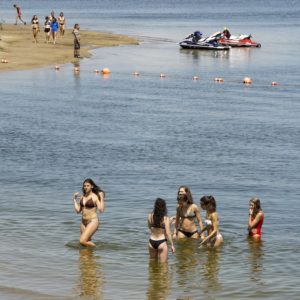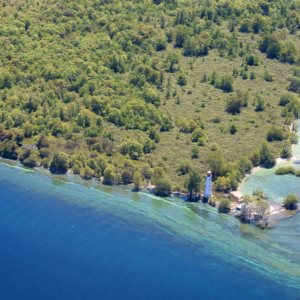Cree Nation Government proposes an impressive network of Protected Areas
Nature Canada is thrilled to learn of the Cree Nation Government’s proposal to protect 30% of its territory.
Working with the Cree Nation Government and other partners on bird conservation, we know the Cree have a strong connection to the land and a deep knowledge of how best to protect their territories. It’s no coincidence that their careful stewardship – over thousands of years – has resulted in some of the richest areas for wildlife, including caribou, bears and rare birds.
Many years of work have gone into the Cree Nation Government’s proposal, including careful analysis of watersheds, biodiversity, wildlife surveys and mapping projects. The project combines scientific data (including Nature Canada efforts) with Cree knowledge about culturally significant sites and species. Many of the locations included in the submission to the Quebec Government at the end of November are both ecologically and culturally important.
Nature Canada and Cree Nation work on Important Bird Areas
Since 2012, Nature Canada has been working in partnership with the Cree Nation Government, as well as the Eeyou Marine Region Wildlife Board, the Cree Trappers Association, several First Nations along the East Coast of James Bay, and Nature Quebec, to protect birds.
Our work to date has concentrated in the traditional territory of the Cree Nation of Waskaganish, including Rupert Bay, Charlton Island and Boatswain Bay. This year we have also begun work with the Cree Nation of Wemindji.
Many local community members were involved in this work, which:
- identified important habitat and populations for the endangered Rufa Red Knot.
- confirmed one of the densest breeding populations for the Special Concern Yellow Rail.
- confirmed a previously unknown breeding population of the Special Concern Horned Grebe.
- encountered other species at risk including Common Nighthawks, Olive-sided Flycatchers, Red-necked Phalaropes and very large numbers of shorebirds and sea ducks.
- observed Woodland Caribou and Polar Bears in the course of our surveys.


